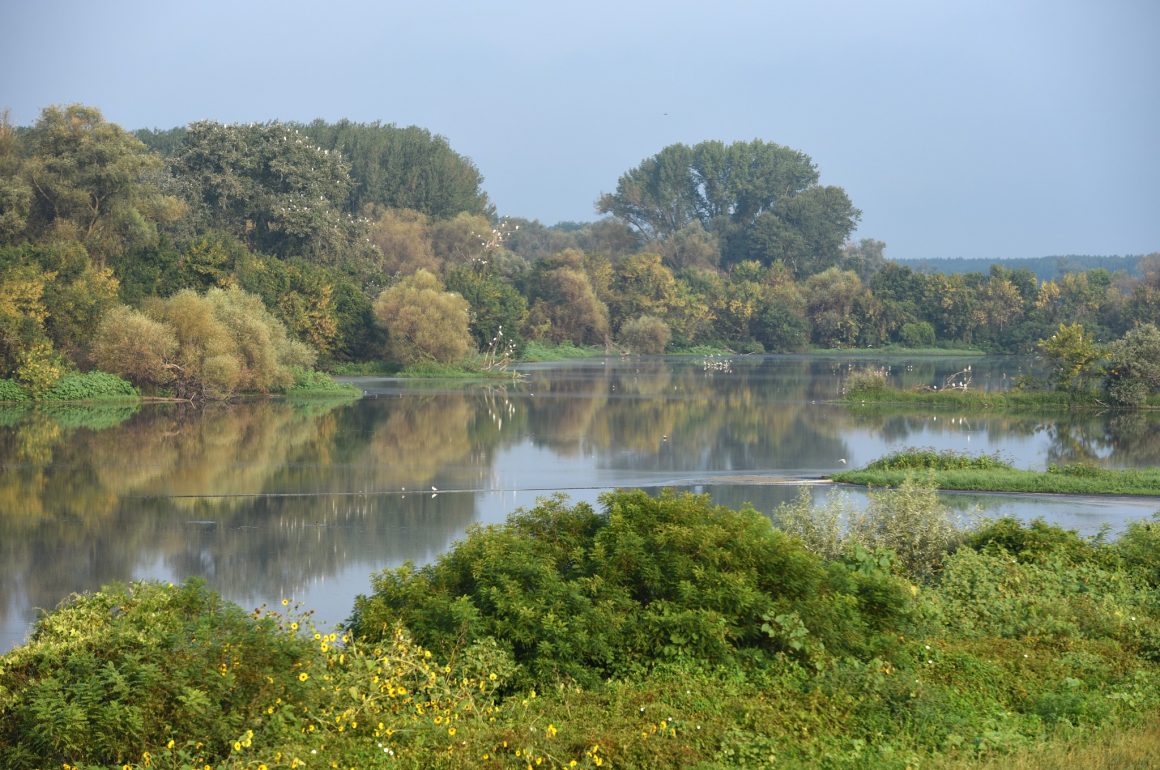
Last month, I birded my favourite local patch, Beljarica – the best eBird hotspot in Belgrade city and the 3rd best in Serbia – four times. August is possibly the best month there, because you gradually observe the rise and fall of numbers of various migrating species, which use it as a stopover site to fatten up ahead of the long hauls further south.
Before I start, my readers are already asking themselves why are they familiar with the name of this locality? Yes, that is the place previously planned for clear-cutting, filling-up and becoming covered by concrete, so the Chinese could build their Belt and Road harbour here.
I started the campaign for the protection of Beljarica, raising public awareness and collecting more than 10,000 petition signatures, not only because of its Eurasian Otters, White-tailed Eagles, Black Storks, Icterine and Eastern Olivaceous Warblers, etc., but because this large spillway protects the city from flooding. It is part of the international ecological corridor and the “Confluence of the Sava and the Danube Rivers” Important Bird and Biodiversity Area (IBA), already proposed for a nature reserve by the Government’s Institute for the Protection of Nature of Serbia.
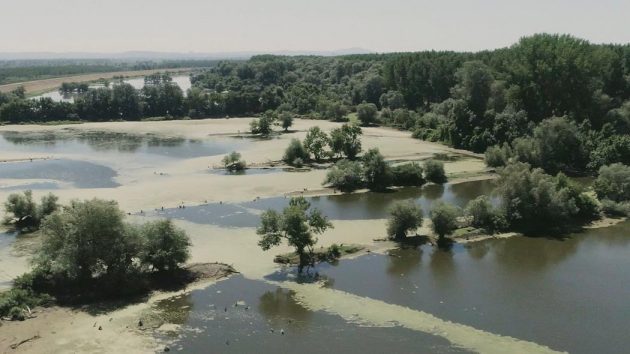 Photo: VICE
Photo: VICE
With the advance of August, Eurasian Hoopoes and European Bee-eaters become more numerous and especially obvious at Beljarica levee (Beh-LYAH-ritza). Even when you do not see any Bee-eaters, you can hear them from above (my estimates went up to 150).
One consequence of being near the city is the widespread feeding of birds with what is junk-food for them – bread. Hence, last month I observed my first Mute Swan with an ‘Angel wing’ syndrome, acquired in young birds due to a high-calorie diet. Angel wing causes one or both wings to unnaturally twist outward, rather than lying flat against their body – leaving them unable to fly away from predators and potentially resulting in their death.
Also, the shorebirds migration is pronounced and during the last month I recorded ten species: Black-winged Stilt, Northern Lapwing, Little Ringed Plover, Ruff, Temminck’s Stint (I found it at the same spot last year, only several days later), Dunlin, Common, Green and Wood Sandpipers, and the Common Greenshank.
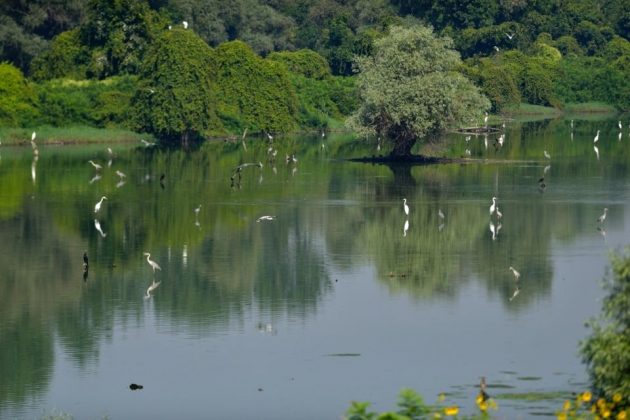 Photo: Gordan Pomorisac
Photo: Gordan Pomorisac
While I watched a swirling flock of Black-headed Gulls, one tern-like Little Gull flew through my binocs’s field of view, never to be found again among hundreds of BHGs. Then, there were more than a hundred Whiskered Terns, with several Black and Common Terns among them.
With more than 30 birds, Black Storks became truly common. Each heron species had its visible peak in this or that week, and then the numbers started to dwindle: from hundreds of Grey Herons, Great White and Little Egrets, dozens of Squacco and Black-crowned Night Herons, and Eurasian Spoonbills, to only a few Purple Herons.
A family of Eurasian Sparrowhawks showed well on several occasions, than there was one Black Kite, and up to five White-tailed Eagles at once. Also, a European Roller and a Turtle Dove made their appearances, too.
Particularly common and visible were Eurasian Golden Orioles chasing each other, as well as up to 10 Red-backed Shrike per field trip. By the end of the month, Spotted Flycatchers become quite frequent (several), together with Lesser Whitethroats (a few dozen).
On several occasions, early in the morning a Brown Hare would greet me, and once a Wild Boar waved me goodbye. Some days ago, one impressive flock of more than a thousand Barn Swallows, Sand and Common House Martins greeted me from the wires.
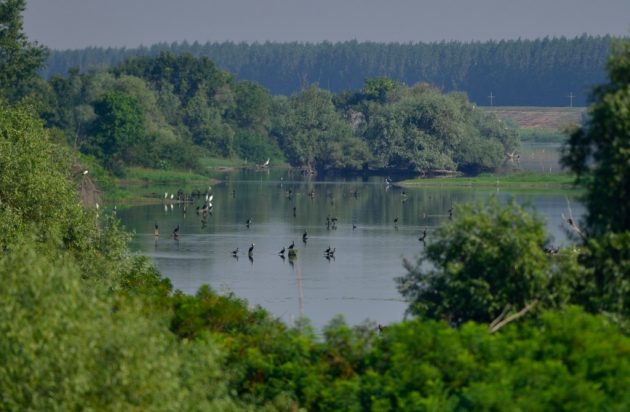 Photo: Gordan Pomorisac
Photo: Gordan Pomorisac
And yet, this March, only a few days before it was officially announced that the famous virus has reached Serbia, the Ministry of Construction and Traffic answered the media question: No, we gave up on the Beljarica locality, the harbour will be built somewhere farther upstream. And I felt… relieved?
No, without an explanation, I felt cheated. The Ministry said it was in response to the NGO demands, but I was not born yesterday – that was the last thing on their mind.
Still, there is an official document (a city development plan) claiming that the harbour will be built on the Beljarica floodplain, and all we have against is their PR saying: Oh, no, we were just kidding you.
A thing I learned from my parents is “verba volant, scripta manent”, a Latin proverb literally meaning “spoken words fly away, written words remain”. Now we are all expected to trust the Ministry’s PR?
Cover photo by Boris Erg





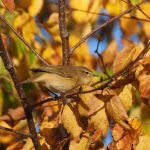
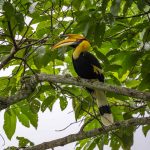

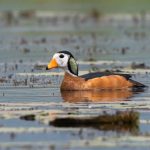
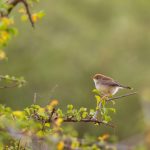
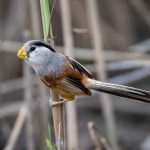
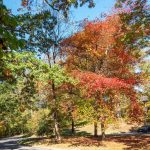
Why didn’t I know about this place when we visited there 10 years ago. It looks and sounds spectacular.
Thank you for going the extra length to save such a beautiful area. The Chinese think they can take over anything they want and I’ve seen it in several countries including mine, Canada.
Great blog, I will read it again. (My info is white on white. Is that intentional?)
Well, 10 years ago I didn’t know this place is reachable by car. I thought it is only possible by boat and into the maize of river arms, some 7.5 canoe-navigable miles.
I do not feel like blaming the Chinese. They defined their goals and are trying to achieve them. It is my Government that should have the safety of the capital from floods in mind, not the Chinese.
And beside the famous painting, I have no clue what the phrase “white on white” stands for?